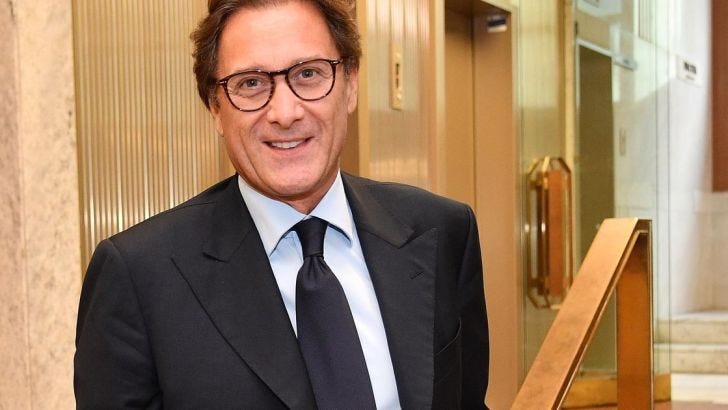The investment manager who sold the Vatican a London building has filed suit against the Swiss bank which arranged the Holy See’s investment with him. The suit claims the bank misled him about the source of the Vatican’s money, failing to disclose it was drawn from Peter’s Pence and other funds reserved for charitable p…
Substack is the home for great culture

